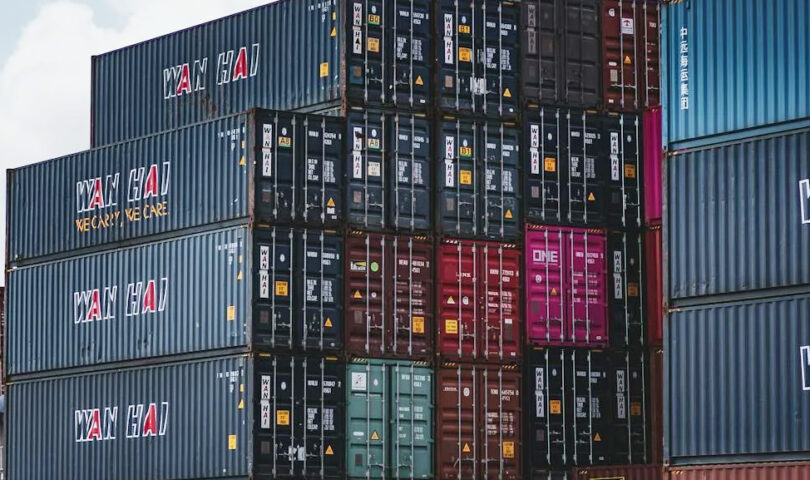In the first month of President Donald Trump’s second term, he has signed many executive orders and implemented plenty of new regulations that will affect American citizens. While not all have gone through, one that has is Trump’s new tariffs, especially on imports from China.
Some of the key takeaways from the tariffs coming from the White House include 10% ad valorem tariffs (wherein tax is calculated based on the value of the item) on Chinese imports and Canadian energy products and 25% ad valorem tariffs on Mexican and Canadian products.
Trump increased these tariffs due to concern of “sustained influx of illegal aliens and illicit opioids and other drugs” from China, Canada and Mexico. In response to these tariffs, the Chinese government has carried out various new policies, such as increased export controls on critical materials, antitrust investigations on American companies and tariffs on U.S. imports. Canada and Mexico, on the other hand, reached an agreement with the U.S. government to delay the tariffs until March. 4.
The increased export controls on critical materials went into effect on Feb. 4, increasing licensing requirements on minerals like tungsten, bismuth, indium, molybdenum and tellurium. Tungsten is a highly common material used in construction, metal working and oil and gas drilling. Bismuth is used in medications and atomic research. The U.S. stopped production of Bismuth in 1997 and is highly dependent on imports. Indium is important for most technology, including phone screens and TV displays; China is responsible for 70% of production of Indium in the world. Molybdenum is primarily used to strengthen steel alloys, and is used as a catalyst in the petroleum industry. In 2024, China produced more than three times the amount the U.S. did. Tellurium is common in solar panels, metallurgy and memory chips, and China controls 75% of its production.
The latest tariffs that China has implemented on U.S. goods include a “15% border tax on imports of US coal and liquefied natural gas products [and] a 10% tariff on American crude oil, agricultural machinery and large-engine cars,” according to BBC.
What this means is that many of the items that a majority of Americans have come to depend on — branded medications, everyday technology, solar energy, oil and gas — will decrease in supply, and will continue to do so until either China or the U.S. backs down.
The lack of supply will cause these items to increase in price, most likely in a drastic way. Since the U.S. is largely dependent on imports from nations such as China, Mexico and Canada, with those nations’ imports being valued at $536.3 billion, $454.8 billion and $436.6 billion in 2022 respectively, the prices of everyday items will only continue to increase as Trump enforces strict tariff regulations.
Neither the U.S. nor the Chinese governments have reached any agreement, unlike Canada and Mexico. With neither group seeming to back down, a tariff war may ensue and cause the price of imported goods to continue to rise.
rcassio@ramapo.edu
Featured photo courtesy of Pexels






